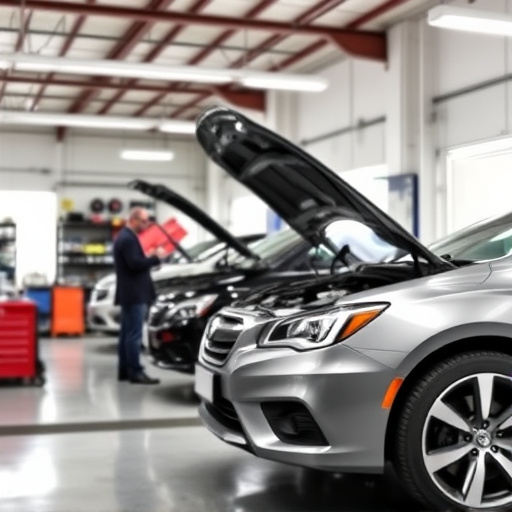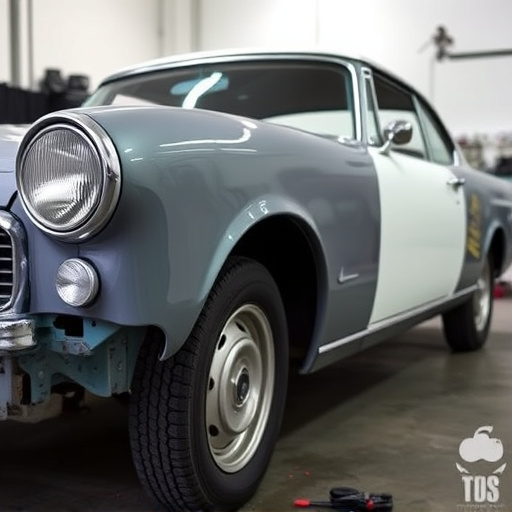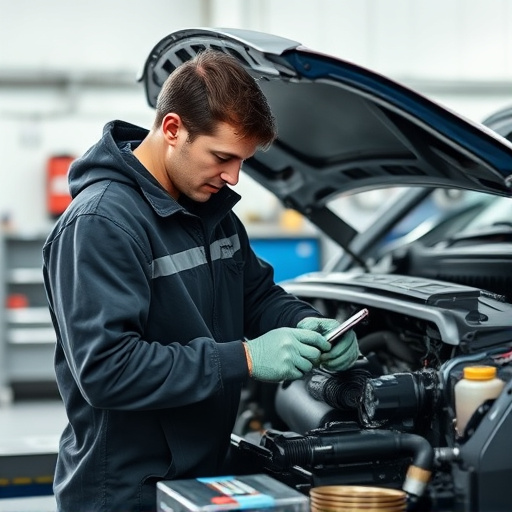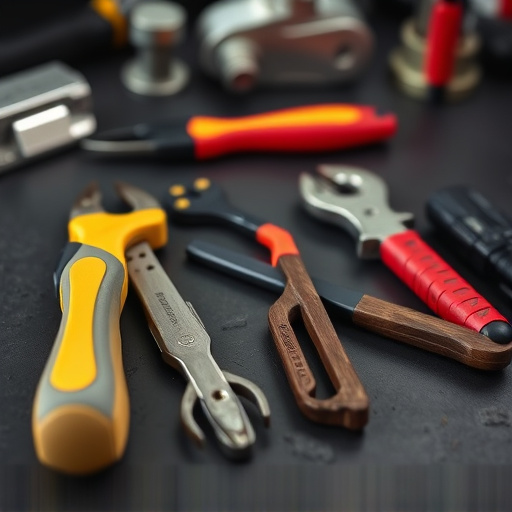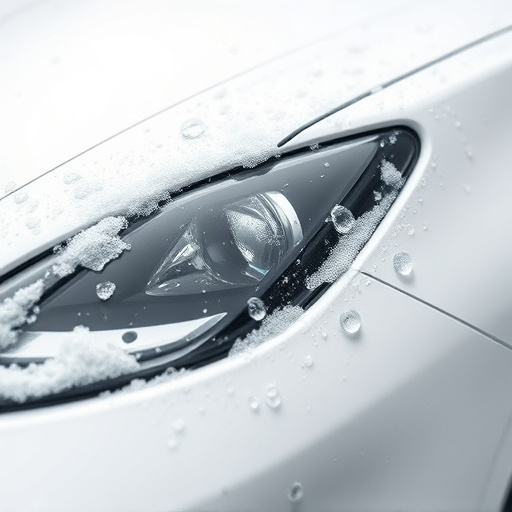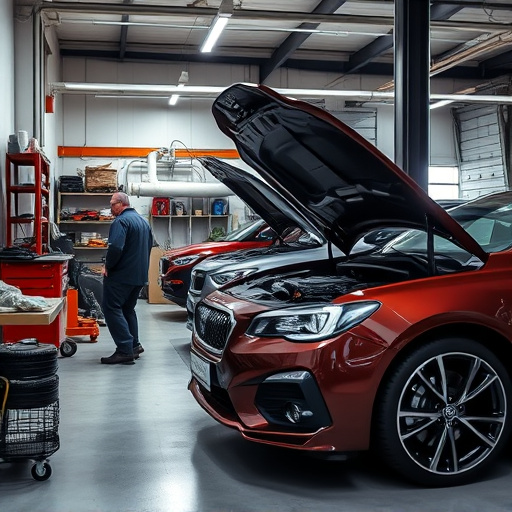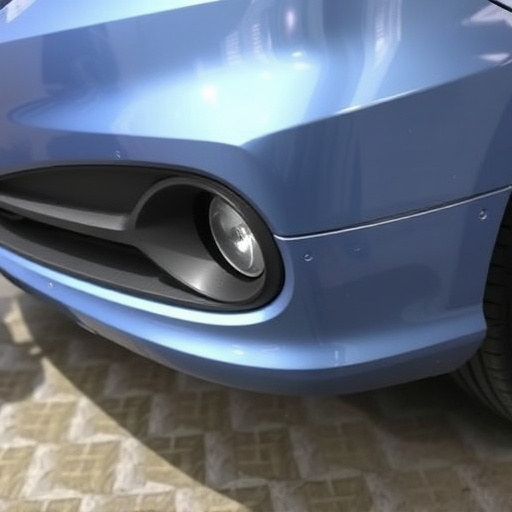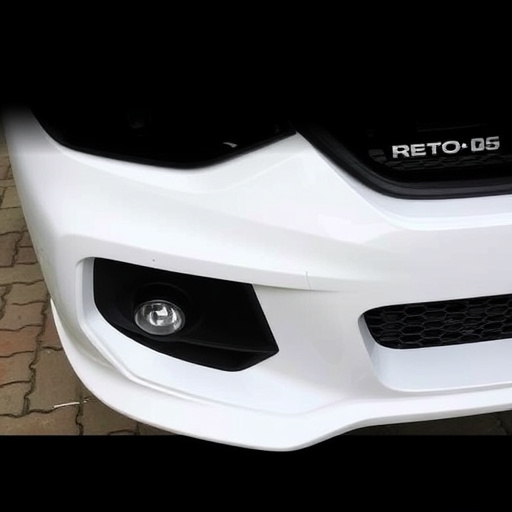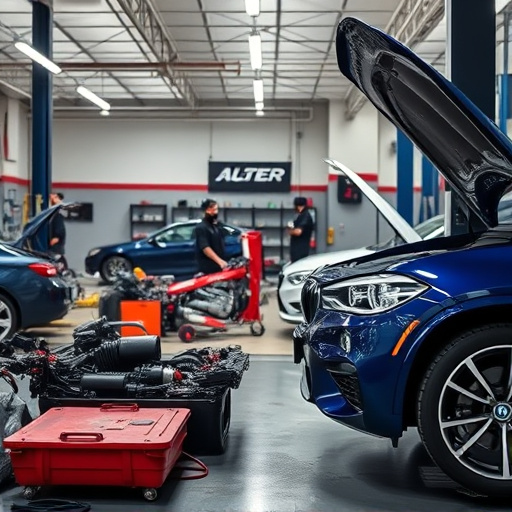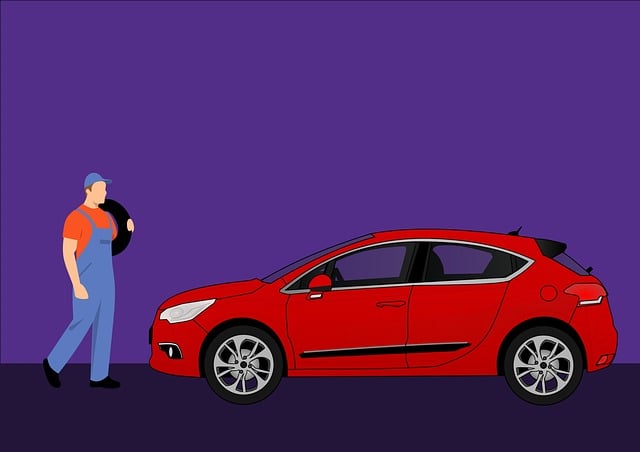Hail damage repair coverage varies among insurance providers and vehicle warranty plans, with many offering protection. Standard auto policies often exclude hail damage, requiring additional measures. Coverage extent depends on location, season, severity, and whether through insurance or warranty. Proper documentation, guidance from insurers, and understanding policy terms facilitate a smooth claims process. Hail damage can impact warranty validity; professional body shop services are crucial for avoiding disputes. Skilled technicians use advanced equipment for meticulous record-keeping.
Hail damage repair is a common concern for vehicle owners, impacting both insurance claims and warranty coverage. With severe weather events on the rise, understanding how hail damage is handled can save you time, money, and stress. This article guides you through the process, offering insights into hail damage repair coverage, navigating insurance claims, and the impact on your vehicle’s warranty. By the end, you’ll be equipped to make informed decisions after a hailstorm.
- Understanding Hail Damage Repair Coverage
- Navigating Insurance Claims for Repairs
- Impact on Vehicle Warranty Validity
Understanding Hail Damage Repair Coverage
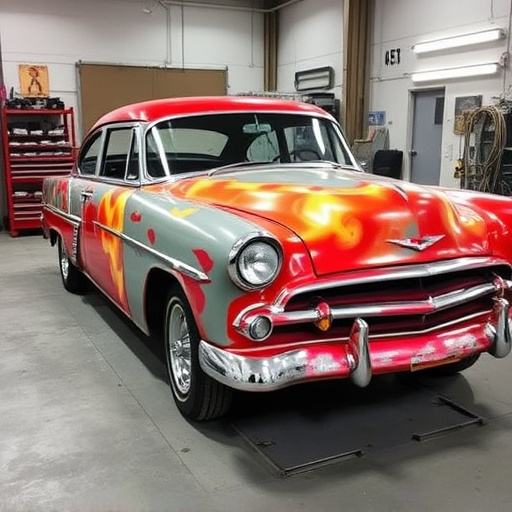
Hail damage repair coverage varies across insurance providers and vehicle warranty plans, but many offer protection against such weather-related incidents. Understanding what is covered and what isn’t is crucial before initiating any repairs or filing an insurance claim. Most standard auto insurance policies do not include hail damage as part of their comprehensive coverage, requiring additional measures to safeguard your vehicle.
In terms of auto body repairs, dent removal, and similar services, certain conditions apply. For instance, many policies will cover hail damage repair if the incidents occur in specific geographical locations or during specific seasons. The extent of coverage also depends on factors like the severity of the dents or damage, with minor car dents likely to be addressed differently than extensive panel damage. When considering vehicle warranty plans, it’s essential to check if they explicitly mention hail damage and what processes are involved in filing a claim and getting repairs approved.
Navigating Insurance Claims for Repairs

Navigating insurance claims for repairs after hail damage can be a complex process. When a storm hits and leaves behind a trail of hailstones, many vehicle owners find themselves dealing with damaged cars. The first step is to contact your insurance provider to report the incident and initiate the claims process. It’s important to have detailed records of the hail damage repair needed, including estimates from reputable auto body shops or vehicle repair services.
Your insurance company will likely assess the extent of the damage and provide guidance on the next steps. They may approve the recommended repairs, which can include everything from auto glass repair for cracked windshields to extensive work on the car’s exterior and interior. Once approved, your insurer will either directly cover the costs or reimburse you upon receipt of the invoices from the auto body shop or vehicle repair services. Understanding your policy terms and conditions is crucial to ensure a smooth claims process and timely compensation for the hail damage repairs.
Impact on Vehicle Warranty Validity
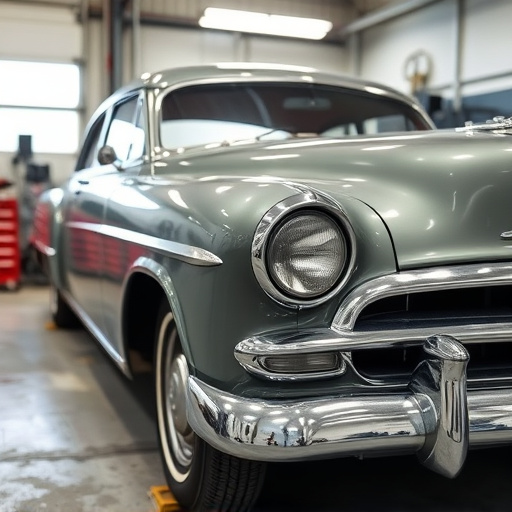
Hail damage repair has a significant impact on the validity of a vehicle’s warranty. Many manufacturers’ warranties explicitly state that any damage not caused by the original equipment or approved repairs will void the coverage. This includes hail damage, which can lead to complex discussions between policyholders and insurers. If a car owner opts for professional body shop services for hail damage repair, they must ensure the work is documented and approved to prevent warranty disputes.
The process of repairing hail-damaged vehicles involves various techniques, such as car dent removal, which can be challenging. Body shops specializing in these repairs employ skilled technicians who use advanced equipment to return the vehicle to its pre-damaged condition. Proper documentation of the repair process is crucial for ensuring that any future claims or warranty issues are smoothly navigated, providing peace of mind for car owners facing such unforeseen circumstances.
Hail damage repair is a crucial aspect of vehicle ownership, especially in regions prone to severe weather events. Understanding the implications for insurance claims and warranty validity is essential for car owners. By navigating these processes effectively, individuals can ensure their vehicles are restored to pre-damage condition while minimizing financial burden. This knowledge empowers drivers to make informed decisions regarding hail damage repair, ultimately enhancing peace of mind on the road.
